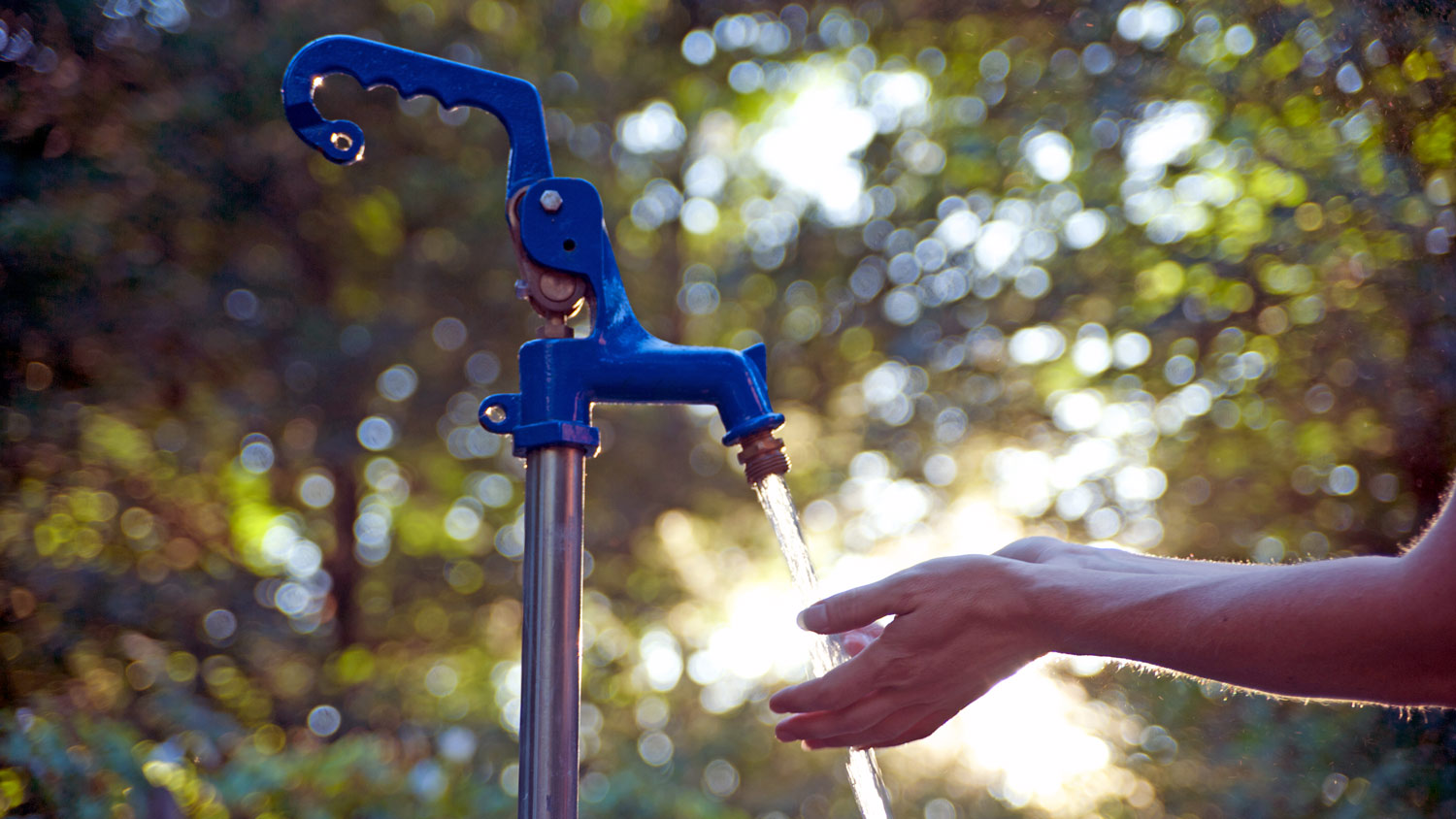
Discover how much well water treatment systems cost, including installation, maintenance, and tips to save. Get expert insights to plan your water system project.
A whole-house water filter is expensive but usually worth the investment


Whole-house water filters purify all water that comes into your home.
These systems cost $1,000 to $4,000, not including installation.
The primary reason to install a water filter is to mitigate high contaminant levels, like heavy metals.
If taste is your main concern, options like water pitchers and faucet-mounted filters are more accessible.
A whole-house water filter system, also known as a point-of-entry (POE) filter, filters the water from the primary entry point into your home. This system doesn't just ensure you have cleaner, softer, better-smelling water available for drinking so that you don’t have to fret over dirt, rust, or sediment. It also supplies filtered water to your appliances, showerheads, and every other household water outlet, which helps protect your fixture’s lifespan.
But before you click “add to cart,” is a whole-house water filter the best fit for your home, or are there other alternatives that’d work better? Learn more about the POE’s pros and cons, and how they compare to other water filtering systems.
A whole-house water filtration system is a water treatment solution installed at the point where water enters your home so that every faucet and appliance receives filtered water. Unlike smaller, point-of-use filters that treat water at specific locations, these systems address contaminants throughout your entire plumbing system. They often use multiple filtration stages to remove sediment, chemicals, odors, and sometimes heavy minerals.
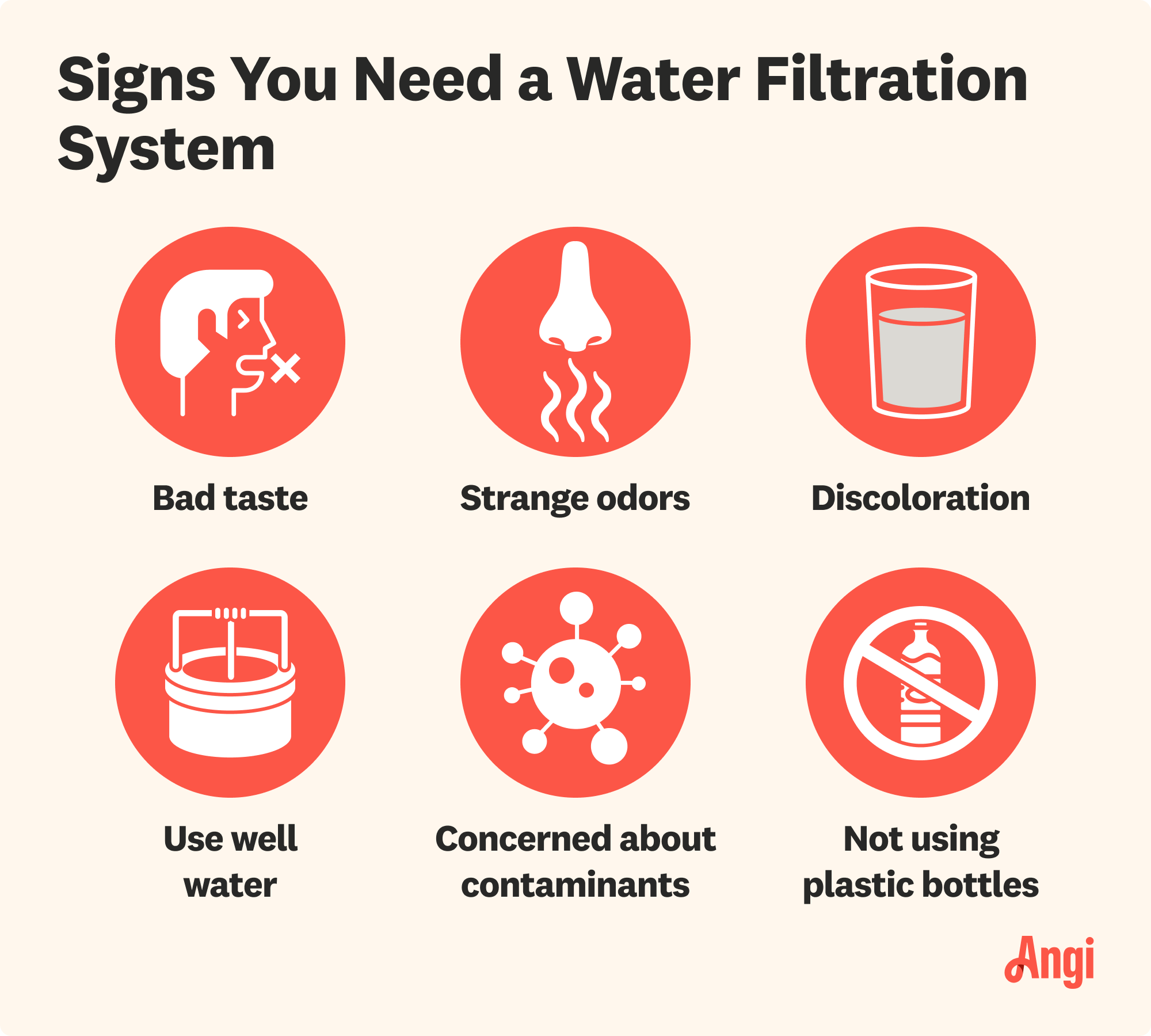
A whole-house water filter can be a smart investment if you want to improve the overall quality and safety of your home’s water supply. Installed where water enters your home, this system filters all the water used throughout your house—not just the kitchen sink. This means cleaner, healthier water for drinking, cooking, showering, and laundry.
Depending on the model you choose, whole-house water filters can remove common contaminants such as chlorine, sediment, rust, and even heavy metals. They can also help improve the smell and taste of your water while protecting your plumbing, appliances, and fixtures from damage and wear and tear caused by mineral buildup.
According to data from Angi customers, about 36% of homeowners have noticed an unusual taste or odor in their home’s water. For some, it shows up as a rotten egg or chemical-like smell, while others report a metallic or even salty taste.
While a whole-house water filter can make life easier and provide you with peace of mind, there are certain drawbacks you should consider when compared to point-of-use (POU) filters.
| Pros | Cons |
|---|---|
| Great for well water and water with a strong odor | Significantly more expensive than POU filters |
| Can extend appliance lifespans | More complicated to install and maintain than POU filters |
| Can help skin, hair, clothes, and dishes get cleaner | Requires installation by a licensed plumber |
| Easier to maintain than several POU systems | Can cause drops in water pressure |
Useful if you use well water or your water has a strong odor
Works like a water softener in some cases. Pipes are less likely to clog, and you could extend the lifespan of your appliances. You may even notice an improvement in your skin and hair, and your glassware and clothes may be cleaner.
Can provide peace of mind if you or a family member are susceptible to medical problems caused by exposure to chemicals in the water supply
Whole-house systems are significantly more expensive than POU filters
Compared to POU systems, POEs are more complicated and costly to install and maintain
You need a licensed plumbing professional near you or water softener pro to fit this type of system
Because the water needs to run through the filter quickly, it can cause a drop in water pressure, particularly if you’re using water from multiple appliances or faucets at once
The main difference between soft water and hard water is the mineral content. Hard water has higher levels of calcium and magnesium, whereas soft water has undergone a process to remove these minerals.
Whole-house water filtration systems can vary dramatically in cost, the types of contaminants they remove, and the amount of maintenance they need. The most common types of water filters are carbon-based and reverse-osmosis configurations.
These filters act as your primary blocker to capture debris and other solid matter. It’s a woven filter akin to a standard air filter in your furnace. Similar to the way a window screen prevents leaves from blowing into your home, a media filter is your first line of defense against dirty water and larger debris.
Whole-house systems with carbon filters are the most economical option, and they also require the least maintenance. These filters generally don’t need to be replaced for at least three years, and they remove one of the most common contaminants: chlorine, which reduces the chance of poor-tasting water.
Depending on the filter quality and the contaminants you want to avoid, you may still need an extra POE water filter to remove other particles. Carbon-based filters are also common alongside water filters. Placed after the softener, they can improve water quality, but placed before can improve water quality and reduce how much water softener maintenance you face over time.
RO filters are best used to purify drinking water from your tap, not the whole house. These systems block a wider variety of contaminants, such as VOCs and lead, but are more expensive, need more maintenance, and produce more wastewater. They may even strip beneficial minerals from your water, making them an alternative to a water softener but not one that’s ideal for whole-home use.
RO filters also work slowly, so they can cause a pretty significant dip in your water pressure, similar to if your water softener isn’t sized properly.
Ultraviolet filters use UV lights, unsurprisingly, to kill bacteria and viruses that might make their way into your water. UV light takes time to kill pathogens, so, much like RO filters, UV filters are usually only suitable for treating drinking water and would cause too much of a delay if you tried to use them as whole-house filters.
Additionally, UV filters are really only useful for drinking water if you’re on a private well that could get contaminated. Public drinking water in most areas in the U.S. won’t come with a risk of pathogenic material that UV light would dispose of.
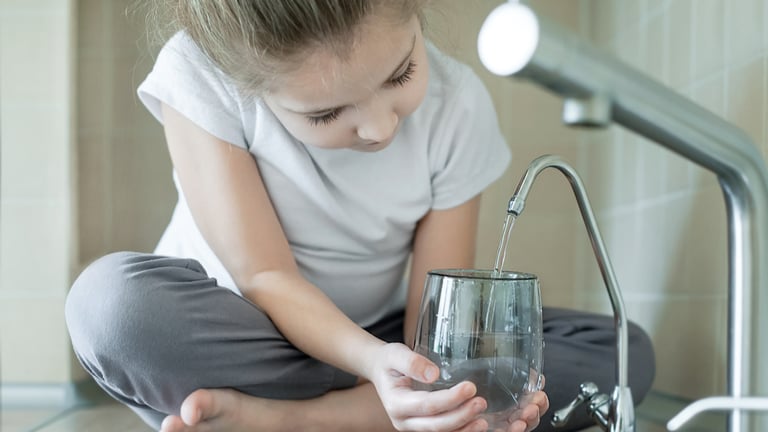
Cost is a major consideration when choosing a whole-house or point-of-use filter, but it is not the only one. Consider ease of use, taste, and other factors when shopping for a water filter.
Ultimately, you can't control the various forces of nature and urban planning that may contaminate your water. All household water will have some degree of minerals, but excessive scale can clog your appliances. If the local water contains enough heavy metals to make anyone in your household sick, a whole-house filter makes more sense than a water pitcher.
Households that use more water need a whole-house filter more than households that keep water use low. Even if your concern is solely the taste of your drinking water, a single person may be fine with a water pitcher. One or two water pitchers may not be practical for a large household, making a whole-house filter more tenable if scale and contaminants are also pressing issues.
Faucet-mounted filters can get the job done if your main concern is better-tasting drinking water. But an under-sink filter is more discreet if you don't want a huge filter ruining your Pinterest-worthy kitchen. A whole-house filter makes sense if you have too many sinks for under-sink filters to be practical since those require custom plumbing work.
Filters need to be periodically cleaned and replaced. Depending on the filter type and location, you may need to replace it every six to 12 months, which costs just $40 to $200 per year for point-of-use filters. Whole-house water filters require annual professional maintenance, which costs more, but you won’t have to take on the mental or physical labor of changing them out. The value judgment is up to your budget and ability to remember filter changes.
Whole-house water filtration systems can vary dramatically in price. They can average anything from around $1,000 for a standard carbon filter system to over $4,000 for a more advanced reverse-osmosis filter system.
When you hire a local water softener pro, you also have to factor in the cost of installation. Depending on the system you choose and any potential modifications needed to accommodate it, the price can vary from around $300 to more than $3,000.
From average costs to expert advice, get all the answers you need to get your job done.

Discover how much well water treatment systems cost, including installation, maintenance, and tips to save. Get expert insights to plan your water system project.
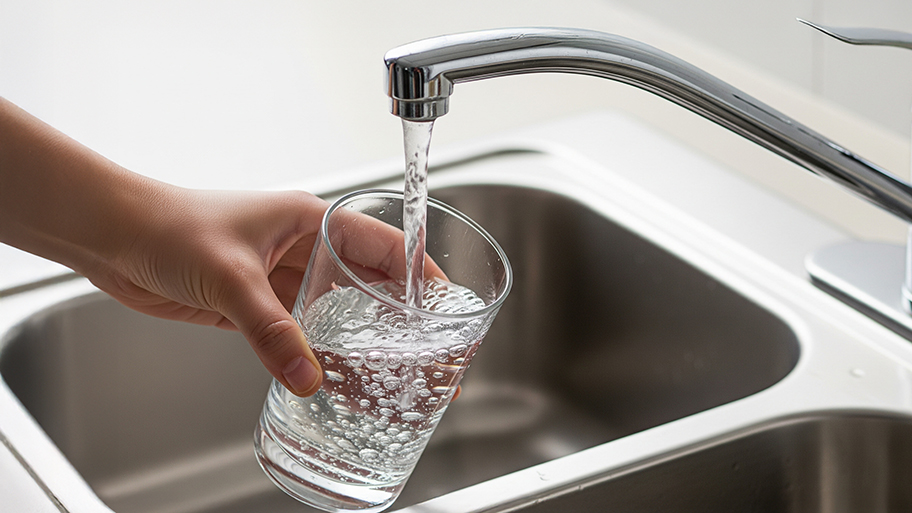
On average, a reverse osmosis water filter costs around $2,200, but there are a few variables that impact the total price. Learn about them in this guide.

Wondering about water treatment system costs? Learn average prices, key cost factors, and ways to save on installation and maintenance for your home.

Water softeners remove minerals from hard water in your home and make your water more pleasant to use. Learn more about how they work here.

Are refrigerator water filters good at keeping germs out of fridge water? Explore the pros and cons of refrigerator filters and whether you should get one.
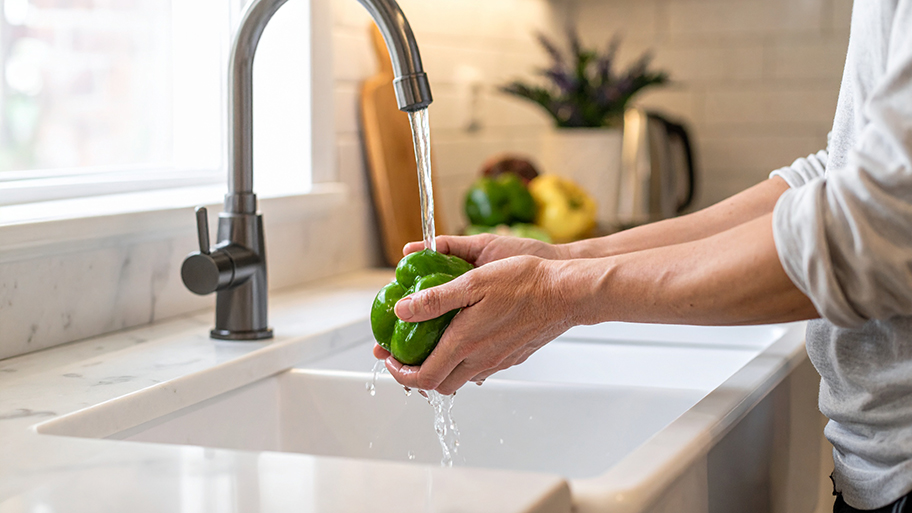
Whether you have a fridge filter, pitcher filter, or end-of-faucet filter, learn how to clean a water filter to ensure pure, fresh water with these steps.